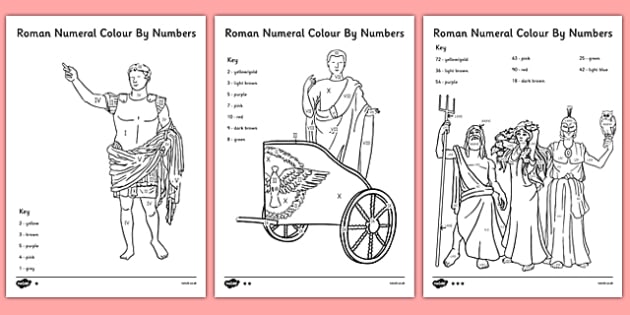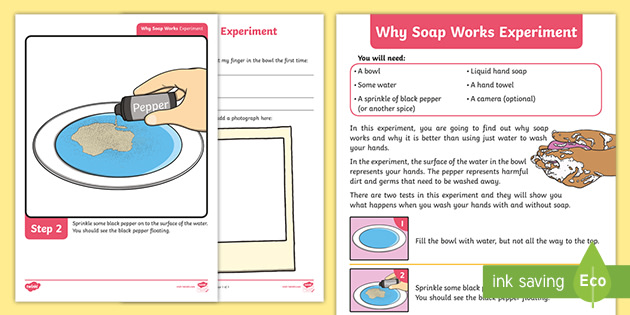Roman Numerals – Colouring 🖍
Colouring by numbers is a fun way for you to assess your children’s colour and number recognition skills, while they practise their fine motor skills. This set features 3 different Roman themed images (with varying difficulty), each with its own key containing the colours to use and their corresponding numbers.

Soap – Experiment 🧪
Teach your children about the importance of handwashing with soap, with this superb experiment. Children will be fascinated to carry out the experiment (using only simple household items) and will be astonished when they see for themselves what a difference the soap makes. Children can fill out the record sheet to comment on what they observed throughout the experiment and will be able to draw observational pictures or add photographs. Use this experiment to focus on good hygiene and remind children about regular hand washing during times of illness.
